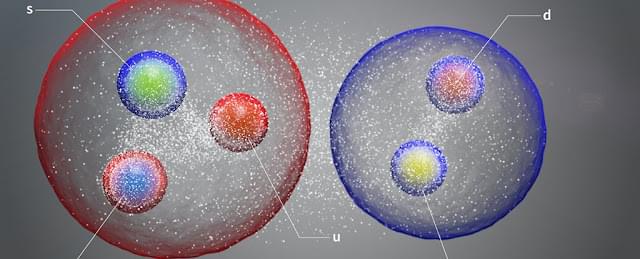It accomplished this record-breaking feat in two hours and 49 minutes.
After aeronautical engineer Paul MacCready won the first Kremer Prize in 1977 for the flight of his human-powered Gossamer Condor over a closed circuit course, he decided to cross the English Channel by air on human-power only, according to a report by The Museum of Flight.
He thus built the Gossamer Albatross aircraft from the lessons learned with the Condor. “This light and fragile aircraft was pushed by a propeller connected through a series of gears to a constantly pedaling pilot,” explained an article in The Museum of Flight.
“A new class of ultralight designs which are characterized by low power requirements”
Using only human power to do anything is an amazing feat but this becomes exceptionally impressive when it pertains to flight. Aeronautical engineer Paul MacCready managed to achieve a human-powered only flight.






